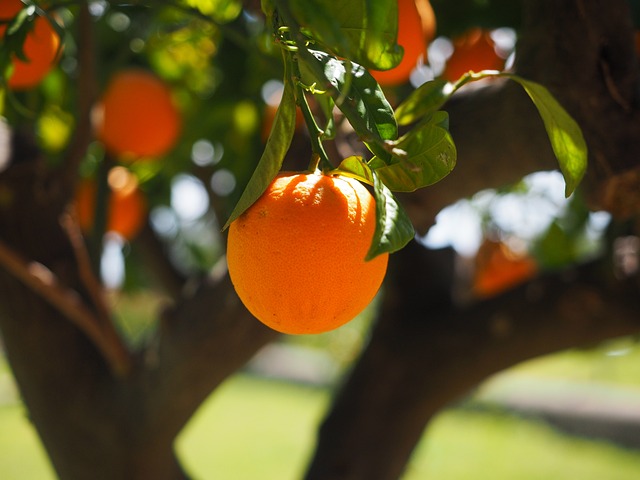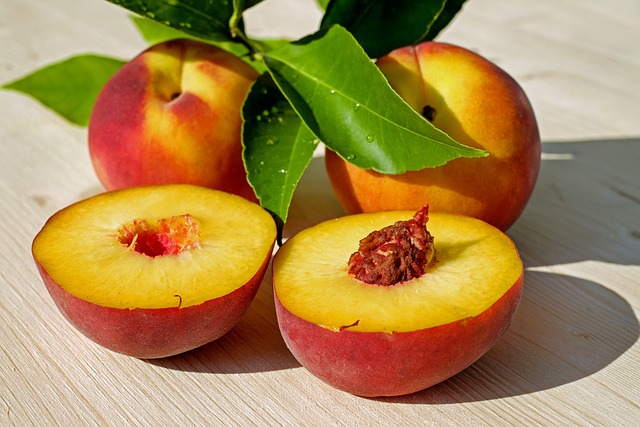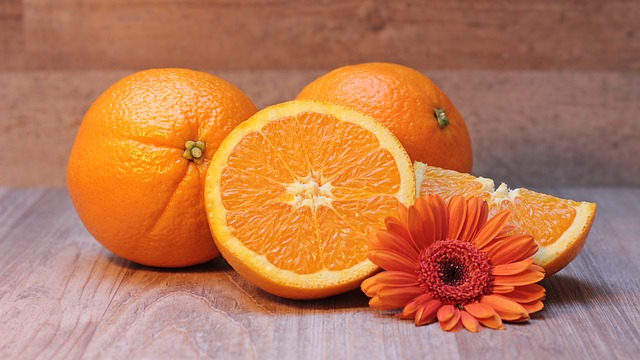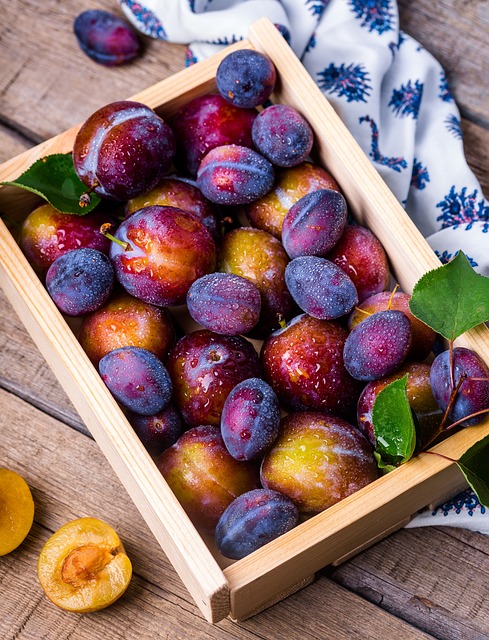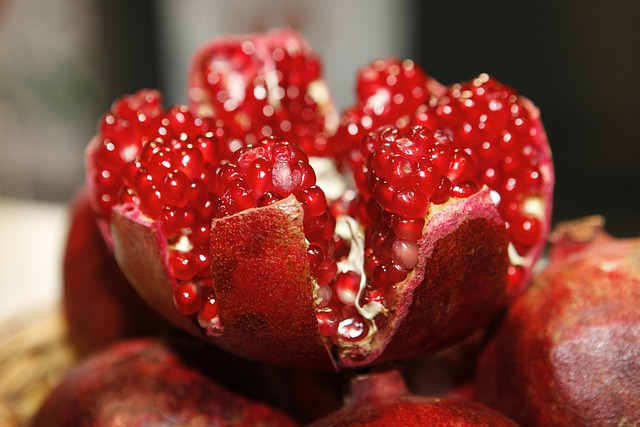Beyond Yogurt: Exploring Lesser-Known Probiotic Sources
Probiotics are live bacteria and yeasts that are beneficial for our health, especially for our gut. They help maintain a healthy balance of microorganisms in the digestive tract, aiding digestion and supporting the immune system.
While yogurt is often raved about as a rich probiotic source, there are various other lesser-known probiotic sources worth exploring. Let’s dive into some alternative options that can provide you with a diverse range of probiotics:
1. Kombucha
Kombucha is a fermented tea drink that has gained popularity in recent years. It is made by fermenting sweetened tea with a SCOBY (symbiotic culture of bacteria and yeast). Kombucha is not only a refreshing beverage but also a great probiotic source. It contains a variety of beneficial bacteria and yeasts, such as Lactobacillus, Acetobacter, and Saccharomyces.
Adding kombucha to your diet can contribute to a healthier gut by improving digestion and promoting a balanced microbiome.
2. Sauerkraut
Sauerkraut is a traditional fermented food made from cabbage. It undergoes a process called lacto-fermentation, where the natural sugars in cabbage are converted into lactic acid by the bacteria Lactobacillus. This gives sauerkraut its tangy flavor and preserves it.
By consuming sauerkraut, you introduce beneficial bacteria into your system, enhancing the diversity of your gut flora. Make sure to opt for unpasteurized sauerkraut to ensure it contains live probiotics.
3. Kimchi
Similar to sauerkraut, kimchi is a traditional fermented Korean side dish that is both flavorful and packed with probiotics. It is primarily made from fermented cabbage but can also include other vegetables and spices.
The fermentation process of kimchi involves various lactic acid bacteria such as Lactobacillus, Leuconostoc, and Weissella. This results in a potent probiotic food that not only supports gut health but also provides essential vitamins and minerals.
4. Miso
Miso is a traditional Japanese paste made from fermented soybeans, rice, or barley. It is widely used in soups, marinades, and dressings, adding a rich umami flavor to dishes.
During the fermentation process, soybeans are inoculated with a mold called Aspergillus oryzae, which breaks down the complex substances into simpler, more easily digestible forms. This transformation results in the creation of beneficial bacteria, such as Lactobacillus and Bifidobacterium, adding a probiotic punch to miso.
5. Tempeh
Tempeh is a popular fermented soy product originating from Indonesia. It is made by fermenting soybeans with a fungus called Rhizopus oligosporus. The fungus binds the soybeans together, forming a dense cake-like structure.
Through fermentation, tempeh becomes a rich source of probiotics, vitamins, minerals, and protein. It has a nutty flavor and a firm texture, making it a versatile ingredient in various dishes.
6. Kvass
Kvass is a traditional fermented beverage commonly consumed in Eastern Europe. It is typically made from rye bread, but variations using beets, fruits, or vegetables are also popular.
The fermentation of kvass involves lactic acid bacteria, yeasts, and other microorganisms. It results in a slightly tangy, effervescent drink that not only quenches thirst but also introduces beneficial probiotics to the digestive system.
7. Pickles
Pickles, specifically naturally fermented pickles (not the vinegar-based ones), can be an excellent source of probiotics. During the fermentation process, cucumbers or other vegetables are submerged in a brine solution, allowing beneficial bacteria, such as L

